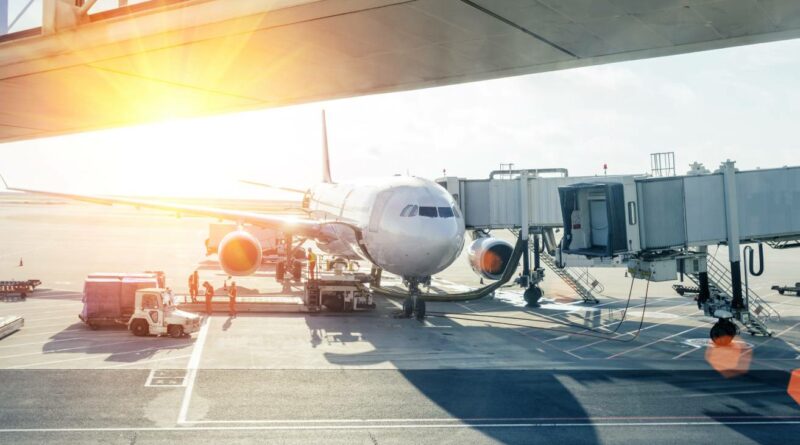Biden Announces $76M to Modernize Airports, From Runway Improvements to Better Facilities
The U.S. Department of Transportation’s Federal Aviation Administration (FAA) announced that it is awarding $76.1 million from the previously allocated $9 billion, for 45 airport-related infrastructure projects in 22 states. The projects are funded under President Biden’s Bipartisan Infrastructure Law Airport Infrastructure Grants (AIG) program, part of the $25 billion total included in the law for airport improvements, including front-of-house projects such as terminal expansions and baggage system upgrades.
“Millions of Americans fly every day, and it’s important that our nation’s airports be equipped to handle such a volume of passengers,” said U.S. Transportation Secretary Pete Buttigieg. “The grants we’re announcing today will make key improvements to ensure passengers move safely and efficiently through our airports—and is another example of the Biden-Harris Administration’s commitment to modernizing our nation’s aviation systems.”
According to FAA some of the awarded project include:
- $6.4 million to Colorado Springs Airport in Colorado: This project rehabilitates the existing terminal building to accommodate a 14,000 square foot Federal Inspection Service facility to allow passengers to clear customs more efficiently upon arrival. The rehabilitation includes space reconfiguration, meeting current Americans with Disabilities Act (ADA) requirements, and increasing energy efficiency.
- $3 million to Melbourne Orlando International Airport in Florida: This project funds the first phase of the terminal building rehabilitation, which consists of the installation of a new baggage system.
- $1.8 million to South Bend International Airport in Indiana: This project reconstructs 8,500 feet of the existing Taxiway B pavement that has reached the end of its useful life. The project improvements also correct the Taxiway B alignment geometry to meet FAA design standards; enhance the maneuvering of commercial aircraft on the airport terminal apron and improve the overall operational safety of the non-movement area.




